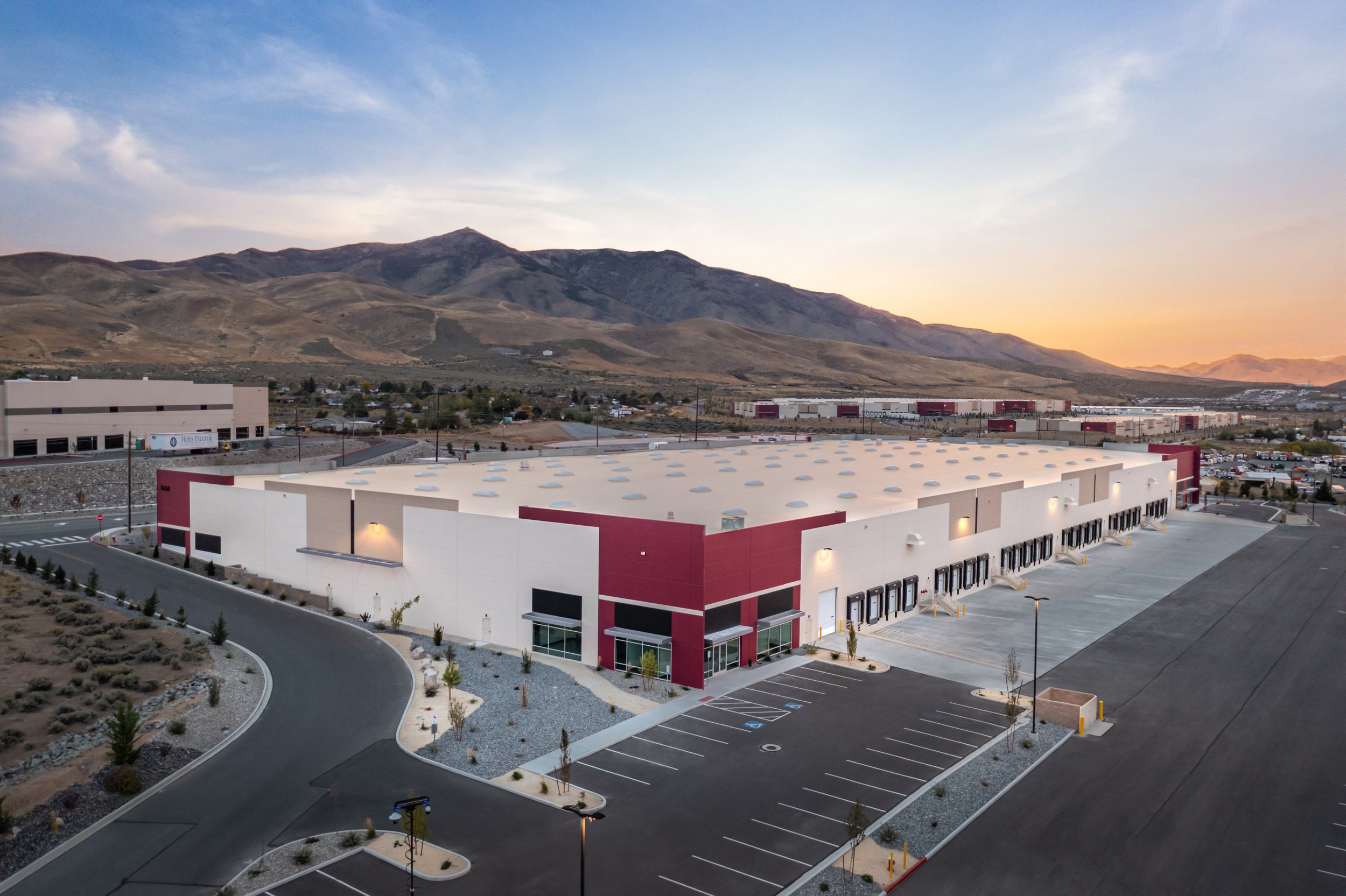



Semi-rural expansiveness challenges patrol coverage, leading to isolated property crimes.

Encompassing the unincorporated areas north of Reno to the Pyramid Lake Paiute Reservation, this rapidly growing region features expansive residential subdivisions, rural estates, and commercial corridors along US-395, characterized by limited municipal infrastructure and significant wildfire interface zones¹.
Population increased 41% since 2020 to approximately 55,000. Median household income is $86,000 (12% above county median), with 69% homeownership. New construction comprises 38% of housing stock².
Notable divergence between high-density planned communities (e.g., Northgate, 8-12 units/acre) and rural parcels (5-20 acre lots) with varying security postures and setback standards³.
2023 sheriff data shows 74% of reported crimes are property-related, with burglary rates 18% higher in parcels >1 acre versus denser subdivisions. Construction site theft accounts for 23% of reported incidents⁴.
Average emergency response time is 14 minutes (Washoe County Sheriff data), exceeding urban benchmarks by 75% due to geographic dispersion and limited substation coverage⁵.
US-395 operates at Level-of-Service F during peak hours. 47% of secondary roads lack paved shoulders, impeding emergency vehicle access during winter weather events⁶.
The 2020 Pinehaven Fire perimeter intersects multiple subdivisions, with 78% of properties rated "Very High" risk due to sagebrush fuels and limited defensible space clearance compliance⁷.
63% of employed residents commute to Reno/Sparks. Key local employers include logistics hubs (TRI Center) and retail corridors, generating high vehicle turnover on arterial routes⁸.
Seasonal agricultural workers occupy 12% of housing stock April-October, correlating with higher vacancy rates in winter months per assessor occupancy data⁹.
Limited municipal water/sewer coverage requires 52% of properties to rely on wells and septic systems. Groundwater table declines average 1.4 feet annually (NDEP data)¹⁰.
County audits identify only 23% streetlight coverage in residential areas, with 81% of roads lacking any illumination. Dark sky ordinances restrict additional installations¹¹.